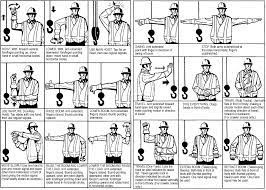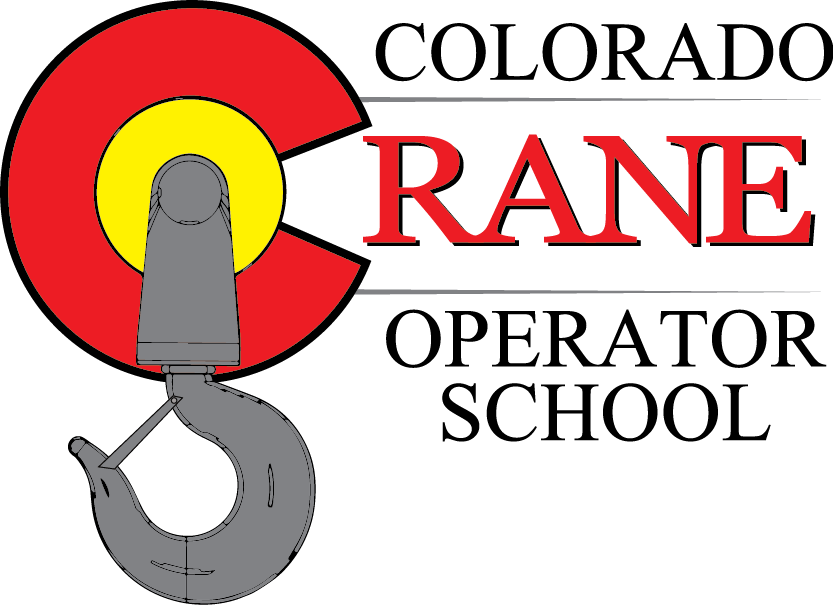With the perpetual noise and activities usually associated with a construction site, it is critical that your crane operator(s) and your ground crew have a clear way of communicating to accomplish the task at hand in a safe, clear, and concise manner. The only way to ensure this is being accomplished is with a Qualified Signalperson.
What is a signalperson?
Signalpersons are a crane operator’s eyes and ears on the ground and have a major responsibility in hoisting operations. Any mistake during the communication process can range from placing a load in the wrong location or worse, serious accidents could occur. Proper training is essential to ensure incidents do not occur.
When is a signalperson required?
According the OSHA standard 1926.1419, a signalperson is required when the point of operation is not in full view of the operator, or the crane operator’s view is obstructed in the direction of where the equipment or load is traveling. The standard also requires a signalperson at the point of operation, meaning the load travel or the area near on at load placement is not in full view of the operator. Also, when the equipment is traveling, the view in the direction of travel is obstructed.
What does a signalperson need to know?
The signal person is considered qualified if he or she: Knows and understands the type of signals used at the worksite. Is competent in using these signals. Understands the operations and limitations of the equipment, including the crane dynamics involved in swinging, raising, lowering and stopping loads and in boom deflection from hoisting loads.
What are the requirements of a signalperson?
OSHA’s standard requires that all persons communicating operational instructions to a crane operator must be “qualified” either by the employer or a third-party evaluator. This applies regardless of the means of communication that is used, whether it is hand signals, radio, voice, or any other means. In each case, the requirements for qualification are specifically outlined in the rule. For a signal person to be considered qualified they must:
- Know and understand the type of signal being used
- Be competent in the application of the type of signal used
- Have a basic understanding of equipment operation and limitations, including swinging loads and boom deflection
- Know and understand the relevant requirements of the general signaling requirements rules
- Demonstrate they meet the above requirements through a written (or oral) test and a practical evaluation
- All qualified signal persons must provide documentation on the job site which lists the types of signaling they are qualified for, and if necessary, the language (if it is other than English)
Hand signal charts can be found either on the crane itself or conspicuously posted in the vicinity of the hoisting operation. You can also use this as a reference.

Colorado Crane Operator School is the premier training facility in Colorado and has been teaching the Qualified Signalperson class for over 30 years. Each one of our instructors has over 15 years in the industry.




